– “A civilizational dialogue forged by horse hooves, an ethnic tapestry woven by tea leaves.”
When Emperor Wu of the Han Dynasty saw the auspicious sign of “Colorful Yunnan Appearing” in his dream, and when Tibetan herdsmen brought three horses for a piece of tea cake, this cultural artery across the Himalayas has been quietly beating for 2,000 years. Today, we invite you to embark on the Golden Route of the Ancient Tea-Horse Road, which is certified as a World Heritage Site. During the 7-day, 6-night journey, you will witness how more than 20 ethnic groups including Han, Tibetan, Bai, and Naxi write an epic of symbiosis with tea and songs.
🌿 I. Cultural Context:
1. Origin of Tea-Horse Trade
- Tang Dynasty Origins: To meet Tibetan needs (“greasy meat cannot be digested without tea”), the Central Plains exchanged tea for Tibetan horses, forming the “Tea-Horse Mutual Market.”
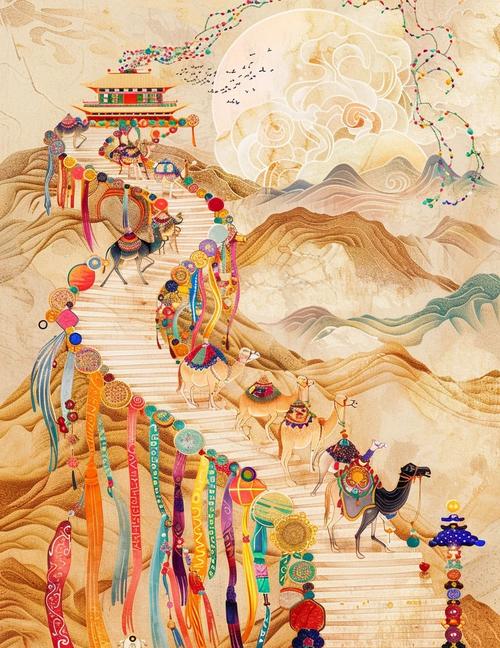
- Song Dynasty Formalization: Tea-Horse Offices established.
- Ming-Qing Heyday: Became main trade route.
2. Linear Cultural Heritage
- Spanning Shaanxi, Gansu, Sichuan, Yunnan, Tibet, Qinghai (extending into South/Southeast Asia), it connects Han, Tibetan, Yi, Bai, Naxi, etc., becoming a “living epic of ethnic exchange.”
3. Ethnic Symbiosis & Ecological Wisdom:
- Jingmai Mountain Model: Dai, Blang (布朗族), and others developed “Forest-Tea Symbiosis” in the Tang Dynasty—ancient tea trees thrive amid virgin forest; fallen leaves are natural fertilizer; biodiversity is 4x modern plantations. Designated Globally Important Agricultural Heritage (2013) & World Heritage Site (2023 – world’s 1st “Tea” theme).
- Multi-ethnic Collaboration: Caravans comprised Han, Tibetan, Bai, Hui, Naxi. Way-stations (e.g., Shaxi, Nuodeng) became “one-town-many-customs” melting pots; Tibetan Buddhist temples stood beside Bai Benzhu shrines.

II. Itinerary: Dali Xiangyun County → Eryuan Zhengjiazhuang → Lijiang Baisha Old Town → Shangri-La Songzanlin Monastery (7 Days / 6 Nights)
Day 1: Dali Xiangyun County
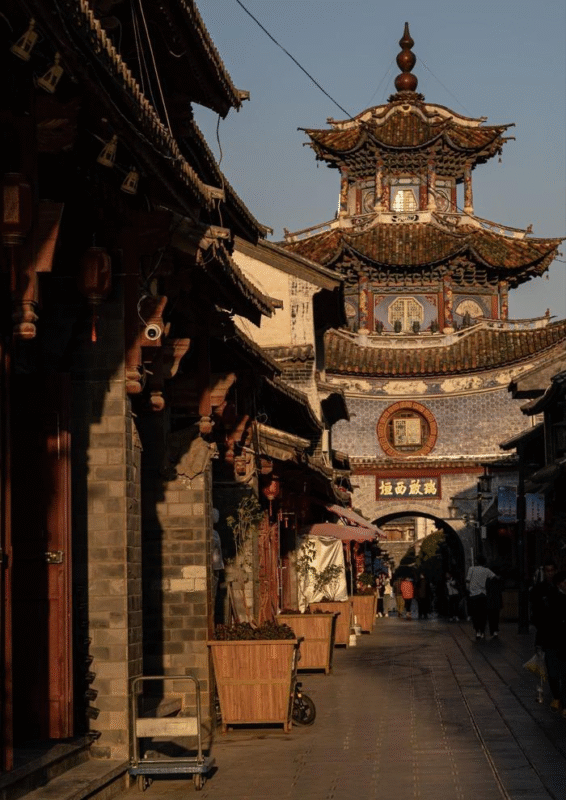
- Xiangyun Yunnan Post (云南驿): Walk 2km of Qing Dynasty stone-paved path; touch Ming Dynasty escort agency walls marked by horse hoof grooves. Don caravan attire; learn the Bai folk song Gan Ma Diao (Horse Driving Tune) from elders—its lyrics contain ancient exchange rates (“one dou of tea for three sheepskins”).
Day 2: Eryuan County Zhengjiazhuang
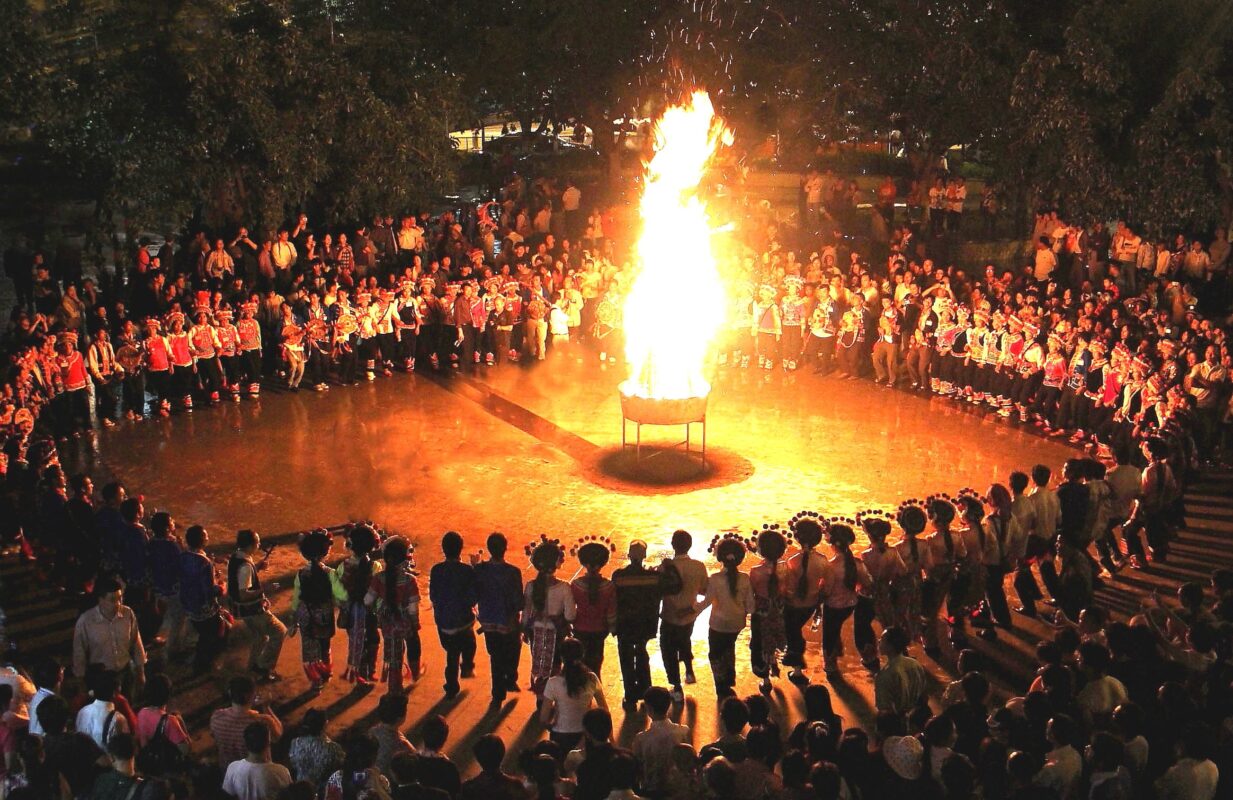
- Seven-Ethnic Coexistence Wonder: Han, Tibetan, Bai, Dai, Naxi, and 7+ groups live together; share Hearth Festivals & Benzhu Temple Fairs.
- Intangible Heritage Craft: Learn Bai “Leixiang Cloth” tie-dye; use indigo to create Tea Horse patterns (ICH Code: VIII-26).
Day 3-4: Lijiang Baisha Old Town
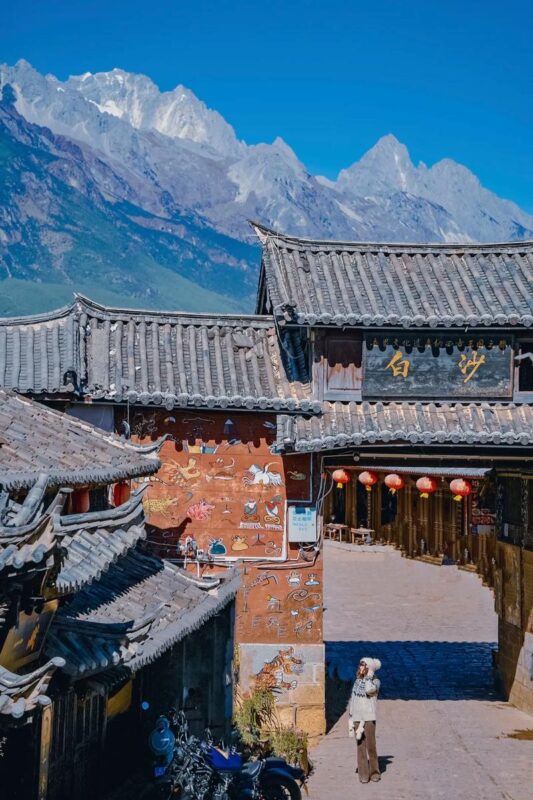
- Baisha Murals: In Ming Dynasty Wenchang Palace, see Sakyamuni Buddha alongside Taoist deities—embodying Naxi “Three Religions Unified” philosophy.
- Shuhe Tea Museum: See authentic Qing Dynasty caravan ledgers revealing multi-ethnic contractual wisdom. Learn from Naxi coppersmiths the “hammered-for-a-thousand-years” technique to forge tea needles.
- Ancient Papermaking: Craft millennium-lasting scripture paper using fern fiber at a Naxi workshop.
Day 5-7: Shangri-La Songzanlin Monastery
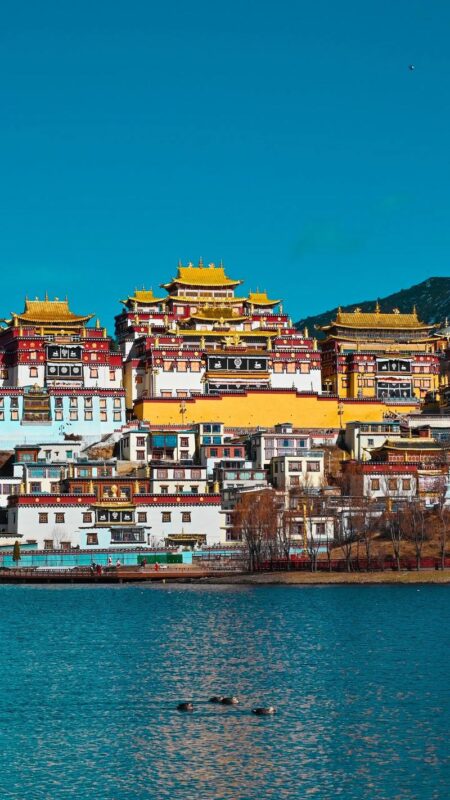
- Songzanlin Morning Ritual: Amid flickering butter lamps, hear monks chant sutras about tea merchants’ offerings. Remember: Receive butter tea with both hands; blow gently three times before drinking.
- Dukezong Ancient Town Cellars: Turn the world’s largest prayer wheel. Descend into Qing-era Tibetan merchant cellars; touch tea seepage on walls—centuries-old tea breathing its essence.
✨ IIII. Deep Experience List: Intangible Heritage & Cultural Codes
| Experience | Location | Significance |
| Ancient Papermaking | Naxi Workshop, Baisha | Craft millennium-lasting paper from fern fiber; record Tea-Horse contracts. |
| Copperware Forging | Shuhe Ancient Town | Learn “small hammer, thousand-year skill” from Naxi masters; forge a tea needle. |
| Tea Horse Pattern Dyeing | Bai Workshop, Zhengjiazhuang | Master indigo fermentation; dye cloth with ancient caravan motifs (symbolizing safe journey). |
🌍 Ethnic Symbiosis Evidence: Life Poems Along the Road
- Hybrid Language: Lijiang caravan slang mixed Naxi “Lao zou” (drink tea), Tibetan “Cha thang” (sweet tea), Chinese “Kai shao” (rest).
- Shared Festivals: During the Torch Festival (6th lunar month), Zhengjiazhuang Tibetans offer Khata scarves, Yi perform “Tiao Cai” Vegetable Serving Dance, Bai sing “Da Ben Qu,” all sharing a pot of Pu’er.
- Architectural Dialogue: Fengyangyi Village’s Benzhu Temple, Tibetan Stupa, and Mosque stand side-by-side; eaves bells chime in unison.
- Interwoven Faiths: Fengyangyi Village: Near the caravan post, the Benzhu Temple houses Bai guardian gods, Tibetan stupas fly prayer flags, and the Mosque’s call to prayer echoes.
⚠️ Responsible Travel Guide
- Ecological rules:
✅ Don’t remove fallen leaves in Jingmai Mountain tea forests (natural fertilizer).
✅ Support direct-transition ethnic groups’ handwoven linen tea mats (profits aid Dulong villages). - Cultural taboos:
❌ Point at pagodas/monks (considered disrespectful in Theravada Buddhism).
❌ Step on hearth tripods (sacred Yi hearth spirit symbol).

